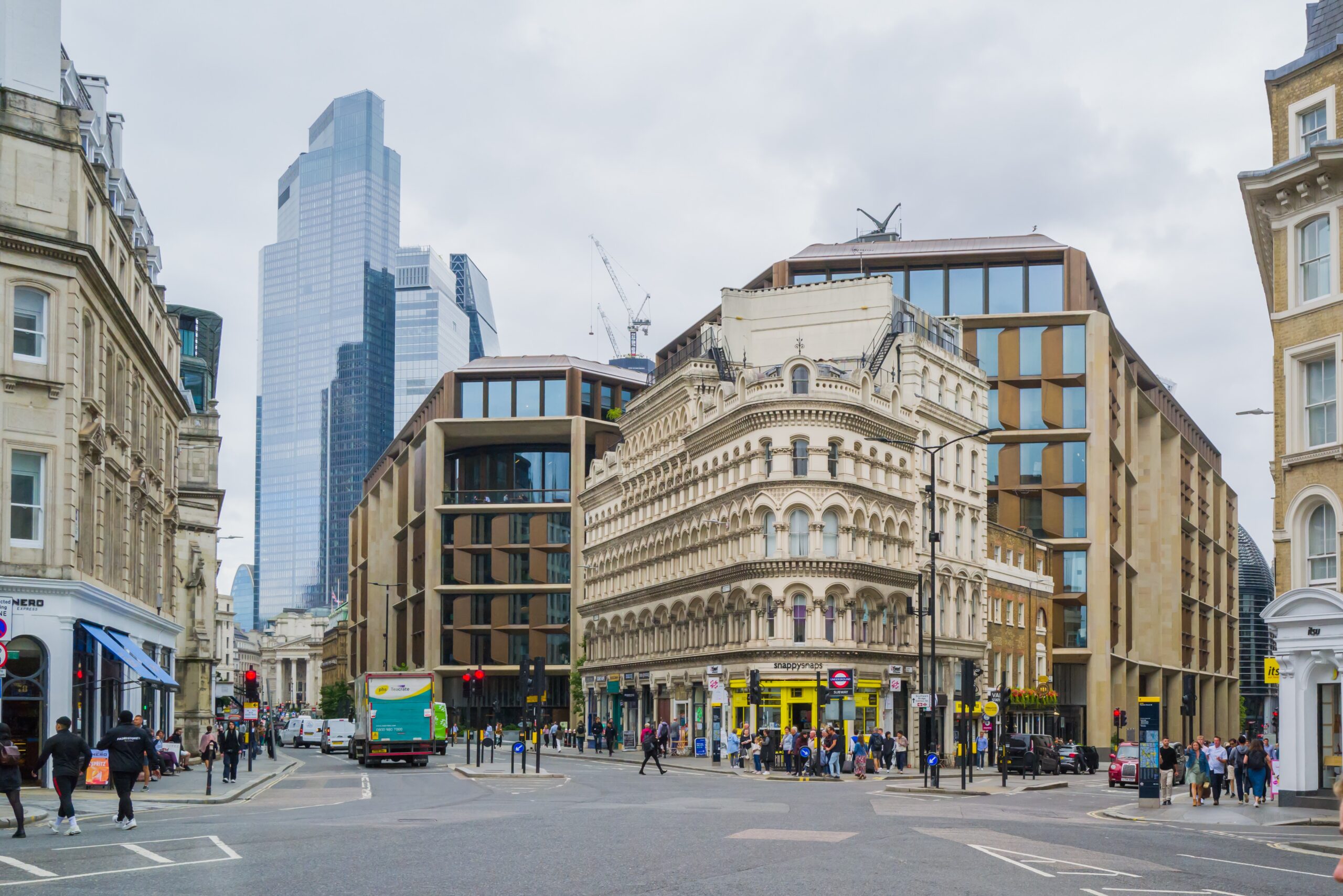The UK government has set an ambitious target to build 300,000 new homes per year by the mid-2020s.
However, recent housebuilding figures indicate that the government is struggling to meet this goal. In this article, we will delve into the government’s housebuilding target, its progress so far, the challenges it faces, and the implications for the housing market.
The Government’s Housebuilding Target
The target to build 300,000 new homes per year was outlined in the 2019 Conservative manifesto. This goal aims to address the affordability crisis in the housing market by increasing the supply of homes. Former Chancellor Philip Hammond stated that achieving this target would make significant progress towards improving housing affordability.
Additionally, the government pledged to build at least one million more homes by the end of the current Parliament in December 2024. These targets were accompanied by proposals to reform the planning system and introduce binding targets for local councils.
Progress and Challenges

Despite the government’s aspirations, the latest housebuilding figures reveal a significant gap in meeting the annual target. In the 2019-20 period, there were 248,591 “net additional dwellings” built in England. However, this number decreased to 217,754 in 2020-21, partly due to the impact of the COVID-19 pandemic.
While the figures for 2021-22 and 2022-23 are slightly higher, at just under 235,000 per year, it is evident that the government is still falling short of its target. Former Housing Secretary Robert Jenrick admitted that the government would miss its manifesto pledge by a significant margin.
One of the key challenges faced by the government is the mismatch between the types of homes being built and the affordability needs of the population. Housing charity Shelter argues that simply increasing the number of homes is not enough. It emphasizes the importance of building genuinely affordable properties that cater to the average or lower-income population.
Implications for the Housing Market
The failure to meet the government’s housebuilding target has significant implications for the housing market. The persistent shortage of affordable homes contributes to rising house prices and stagnant wages, making it increasingly difficult for many people to enter the housing market.
Moreover, the lack of affordable housing options exacerbates issues such as homelessness and overcrowding. The strain on the rental market also intensifies, with high demand and limited supply leading to soaring rents.
The government’s commitment to increasing housing affordability must align with its housebuilding efforts. It is crucial to strike a balance between quantity and quality, ensuring that the homes built are affordable and meet the needs of the population.
The UK government’s housebuilding target of 300,000 new homes per year is a commendable goal aimed at addressing the housing crisis. However, the recent housebuilding figures indicate that meeting this target is proving to be a significant challenge.
To successfully bridge the housing affordability gap, the government must focus not only on increasing the quantity of homes but also on ensuring that the homes built are genuinely affordable. This requires careful planning, collaboration with local councils, and innovative approaches to housing provision.
As the government continues its efforts to tackle the housing crisis, it is essential to prioritize the needs of the population and work towards a housing market that provides affordable and accessible homes for all.
